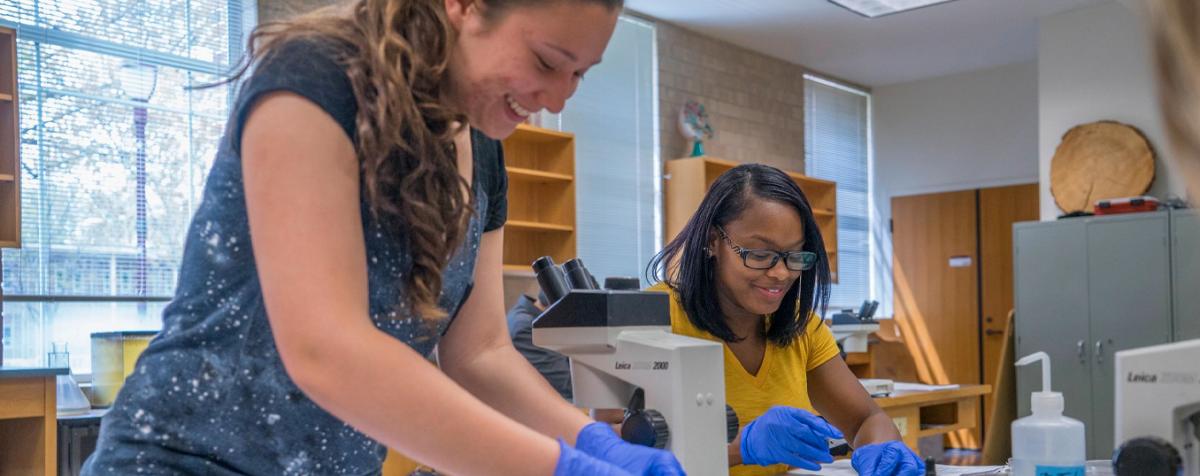Universal Design for Learning
Universal Design for Learning is a model for teaching that centers the needs of students with disabilities, with the goal of creating a learning environment that is accessible by all students without modification. This module offers resources and specific strategies for educators to investigate course content and structure to illuminate invisible barriers to learning.
Applying universal design principles to instruction is a proactive approach that involves course revisions before engaging in the classroom with students. These modifications will not replace the formal academic accommodations process, but they will help to create a flexible and inclusive classroom and may significantly reduce the number of requests for adjustments during the course. With this in mind, we invite you to explore the resources on this page and incorporate many of the suggested approaches into your teaching practices.
This article covers:
- Introduction
- Teaching Tools
- Supportive Resources

Eliminating unnecessary hurdles in the learning process.

Supporting all students in becoming strategic and knowledgeable expert learners.

Allowing students to engage with course materials in ways that most benefits them

Expanding students' competencies and improving their skills.
Videos
Recommended Articles and Guides

Universal Design for Learning (UDL) for Inclusion, Diversity, Equity, and Accessibility (IDEA)
When UD principles are applied in a postsecondary institution, educational products and environments meet
the needs of potential students with a wide variety of characteristics...

Universal Design for Learning in Postsecondary Education
Reflections on Principles and their Application. Universal design, although well established in architecture and other domains, is relatively new to K-12 education and even newer to higher education...
Link to Article

